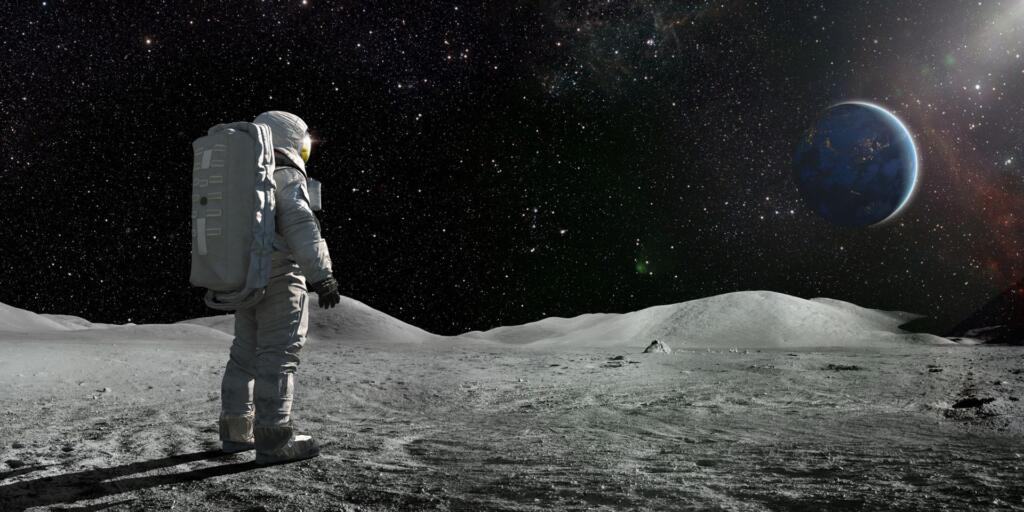Space exploration, once confined to government agencies and elite astronauts, has been expanding rapidly into the realm of commercial tourism. Among the latest advancements, Space One, an innovative venture, has drawn significant attention for offering space tourism through a high-altitude balloon. This new method aims to make space travel more accessible to civilians, at least those who can afford the luxury.
How Space One Came into Existence
Space One emerged as part of the rapidly growing space tourism industry, following in the footsteps of pioneering companies like SpaceX, Blue Origin, and Virgin Galactic. As space tourism became a growing area of interest, companies began to explore less conventional means to provide civilians with space-like experiences.
Space One’s concept revolves around using hydrogen-powered balloons to ascend passengers to the edge of space, typically around 30-40 km above Earth’s surface. Here, they can experience the blackness of space and the curvature of Earth, something previously reserved for astronauts.
The company’s inception aligns with the vision of democratizing space travel, making space more accessible and reducing costs compared to traditional rocket-powered systems.
Development and Innovations
The initial success of Space One stems from its unique approach to space travel, which is drastically different from competitors. Rather than using rockets, which require extensive resources, infrastructure, and technical expertise, the balloon-based method offers a more environmentally friendly and less costly alternative.
The concept of high-altitude ballooning is not new but has evolved significantly. Balloons have long been used for scientific research and military surveillance, but Space One is among the first companies to repurpose them for tourism. These pressurized capsules attached to hydrogen balloons provide a comfortable, safe environment for passengers during their space journey. They ascend gradually, reaching the stratosphere, where the curvature of Earth becomes visible, offering an unparalleled view for the travelers.
In its testing phase, 1800 people have reportedly booked their slots for this experience, indicating immense interest in this method of space travel. The test flights have demonstrated the safety and feasibility of this technology, reinforcing the belief that such commercial flights can begin as early as 2026.
Current Status and Success
Space One has made significant strides, particularly after conducting successful test flights of its human-rated capsule. These tests confirm the viability of using high-altitude balloons for space tourism. The fact that the capsules can carry passengers safely, provide them with extraordinary views, and return them securely has generated positive media attention and investor confidence.
As of now, Space One plans to launch its full-fledged commercial operations by 2026, with each ride priced at ₹1 crore (approximately $120,000 USD). This pricing positions Space One as a premium tourism service, accessible to high-net-worth individuals but still more affordable than traditional spaceflights offered by other companies.
Future Prospects
Looking ahead, the future of Space One looks promising. With a fully developed and tested system, the company aims to scale operations beyond the initial offering. While the current plans focus on taking passengers to the edge of space, future developments could include longer-duration flights, potentially even suborbital trips or coupling the balloon system with other propulsion methods to achieve higher altitudes.
The balloon tourism model also holds significant potential in scientific research and environmental monitoring, as the balloons provide a unique platform to observe Earth’s atmosphere and space from a closer perspective without leaving the planet.
Furthermore, advancements in technology may reduce costs over time, making this type of space tourism accessible to a broader range of people. As the demand for unique, life-changing experiences grows, Space One is well-positioned to become a leading player in the evolving space tourism sector.
Space One is pushing the boundaries of what is possible in space tourism, using innovative technology and offering a unique perspective on space travel. Its hydrogen-powered balloon flights promise an exciting new way to experience space, with minimal environmental impact compared to traditional rocket-powered systems. As the company prepares for commercial flights in 2026, the future of space tourism is looking brighter, and Space One will likely play a pivotal role in making space more accessible to ordinary citizens.
This is the dawn of a new era in space tourism, where floating peacefully to the edge of space will be as exhilarating and transformative as the roar of a rocket. As humanity takes its first steps towards democratizing space, Space One offers a glimpse of what might soon be an everyday reality for adventure-seekers.
